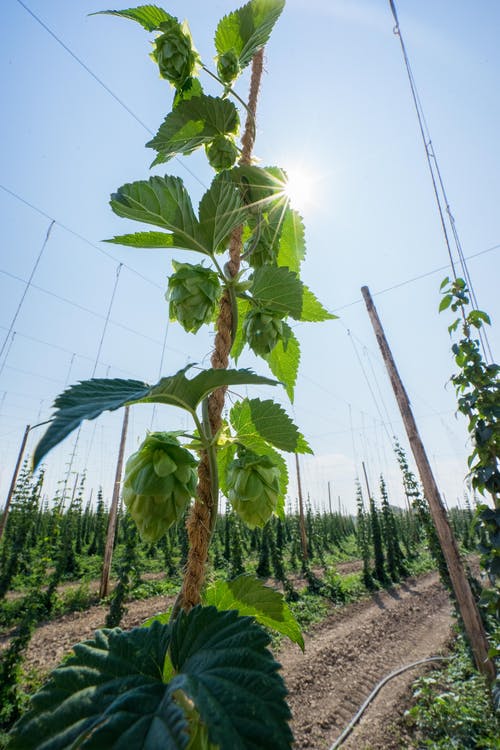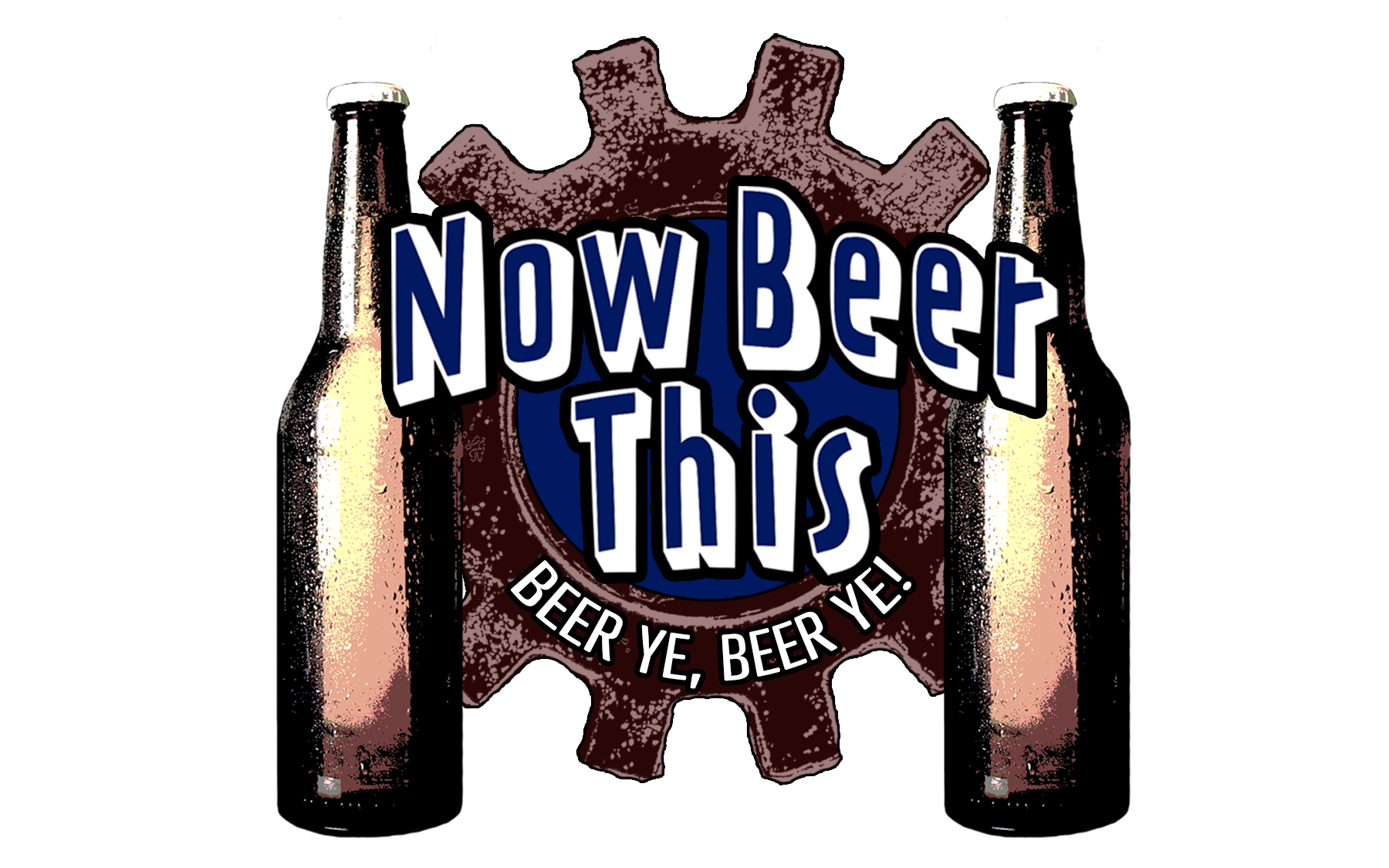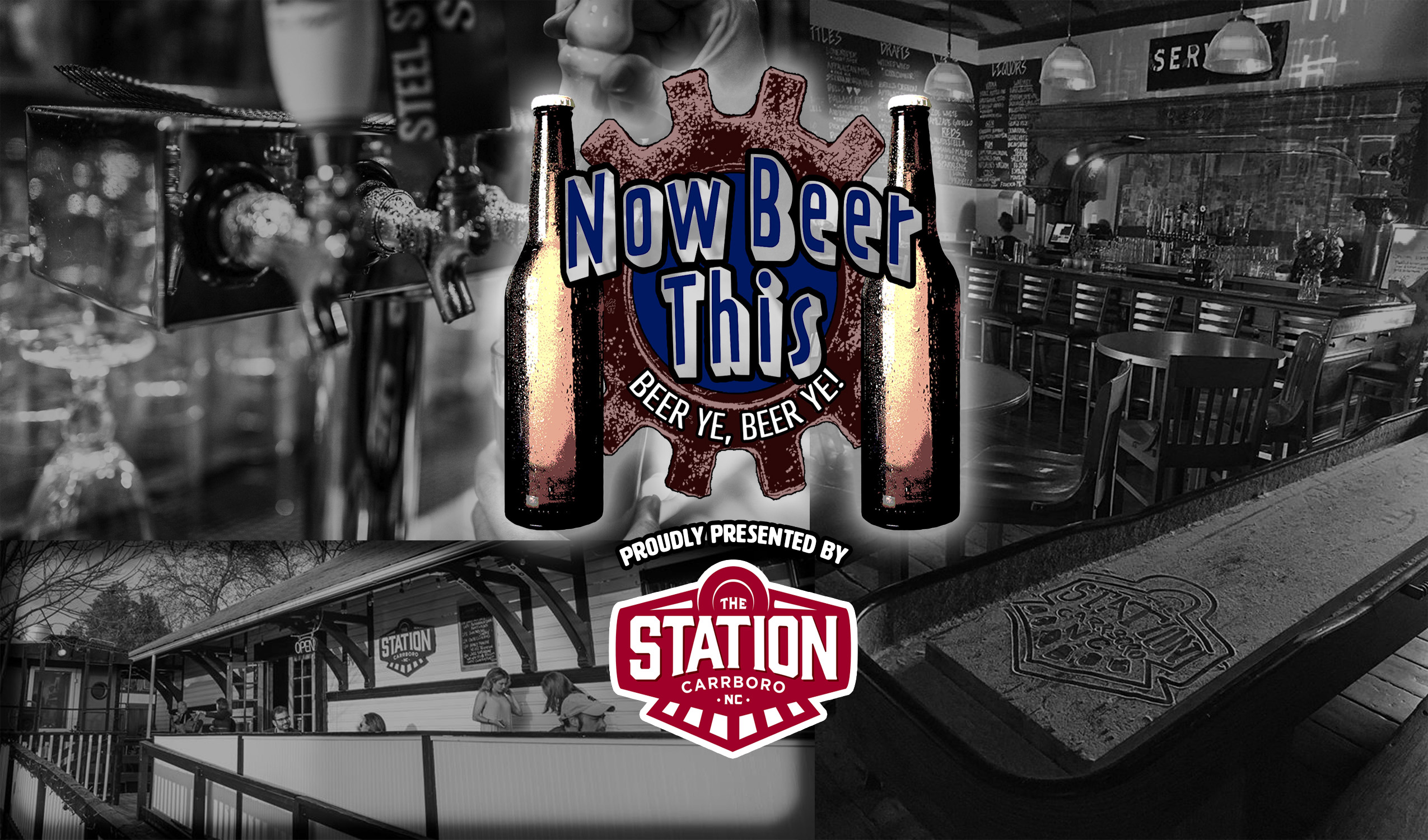I make no secret of the fact that my favorite thing about beer is hops. I love the aroma, the flavor, and while I don’t necessarily get excited about it, I’m intellectually appreciative of the antimicrobial properties of this special plant product.
As a brewer, I often take for granted the knowledge of what hops do for beer, so it’s easy to forget that folks out there just don’t know (and why would they?) what hops impart to their favorite beverage. So I’mma drop some knowledge on ya.
Let’s talk about what hops are, precisely. The bits that brewers use are the cones (flowers of a sort) of the female hop plant. Without getting too science-y, these little cones (picture a mix between a flower and a pine cone) have tons of acid and oils that do all kinds of wonders for beer.
Beer, you might not know, starts out as essentially a barley soup. We boil that soup for several reasons. For most beers, we add hops at the beginning of the boil. These are referred to as the bittering hops. Once again, avoiding the science, the longer you boil hops, the more bitterness you get from them.
Later during the boil if you add hops you get less of the bitterness available from them and more of the flavor and aroma. Towards the end of the boil you get virtually none of the bitterness and much, much more of the aroma of the hop.

Sometimes you’ll see the letters “IBU” on a beer. This stands for International Bitterness Units. For the third and last time I’ll not beat you with the science, but this number comes from a formula that considers how much of what hop acids you’ve boiled for how long in your wort and gives us a handy dandy numerical value that in a way gives us an idea as to how bitter the beer is. From your little lesson above, you can imagine that if you put a lot of hops in at the beginning of the boil, you’ll end up with a much higher IBU than if you skip that.
But this brings up some even more interesting things about hops, beer, and IBUs. A few years ago the cool beer was a hoppy wheat beer — and one of the local NC brewers made one that was hoppy as all get out and bitter enough to suit any hop head. Yet it had 0 IBUs. How did they do that? All of the hops were added at “flame out” or when the boil was ended. So a lot of hops got in there, but from a chemistry standpoint, very little of the alpha acids were isomerized, so while from a formulaic standpoint the beer was not hoppy, it was in fact so. Also worth noting is that many of us have varying sensitivities to hoppiness, but almost none of us can taste a difference past 100 IBUs. So you can have a 140 IBU beer and virtually no one can tell you that it’s more bitter than a 100 IBU beer.
But is it just about the bitterness? Well, for some of us, maybe it is. But as a happy (hoppy?) accident it turns out those lovely little cones do a bit more. Those bitter compounds are not great places for bacteria to live in, and as a result, your beer lasts much longer and doesn’t taste like yogurt juice when it gets to you. Huzzah!
I could go on and on. Hops are dope. Anywho, go getcha some hoppy-@$$ beer and get down with it. Cheers!
Chapelboro.com does not charge subscription fees. You can support local journalism and our mission to serve the community. Contribute today – every single dollar matters.
Related Stories
‹

Now Beer This: Pick-Me-UpBack in the ’90s, Drew Carey was a thing, and his show featured him and his weird friends (who were just like us) doing their weirdo things. One of those things was developing a beer with caffeine in it, which they called Buzz Beer. Silly idea, but I think they were on to something… I’m […]

Now Beer This: Differentiating Between Ales and LagersWhat makes Ales “Ales” and Lagers “Lagers?” When people find out I’m a Professor of Beer-ology, I almost always get this question from them. It’s a great question, and I’m happy to answer it. I can give you a short answer, but the long answer is SOOOOOO much more informative, and helps you to understand […]

Now Beer This: A Lesson in SessionsA Lesson in Sessions: Let’s Pick a Go-To Session IPA! If you’re not already familiar with the term “session” beer, then you should be. This moniker refers to beers — most often IPAs, because that’s the best beer style in the world — that have a lower ABV content (less than five percent) so you […]

Now Beer This: Brewing 101Normally, I like to share with you my latest favorite brewery, an interesting beer style or beer/food pairing ideas. That’s tons of fun. But have you ever wondered what, exactly, makes beer? Well get your paddle, grab your notebook and grow yourself a beer-d (see what I did there?), because I’m going to walk you […]

Now Beer This: Beers for Your Stupid Friends Who Don't Like BeerBeer for your stupid friends who don’t like beer? Well, first, you shouldn’t be hanging out with those people. It’s 2020 and there’s enough negativity out there already. Ditch ’em. But if you can’t ditch ’em, then maybe you can turn ’em! This is actually one of my favorite past times: Trying to convince non-beer […]

Now Beer This: Election Results PanaceaWe’re all probably going to need a really strong-@$$ drink soon, so let’s talk about super-high ABV beers! As with many aspects of brewing, there are no hard and fast rules. There is no one style that is always the highest in alcohol content, but high ABV (alcohol by volume, the traditionally accepted measurement of […]

Now Beer This: Craft Beer Needs Your HelpTalking about craft beer normally gets me all excited but I have to admit it’s kind of a downer these days. Every day I wake up and read about another brewery closing and it makes me terribly sad for the future of this industry, and selfishly sad for our ability to easily access top-notch beer. Who […]

Now Beer This: Where Do I Be Drinkin'?It’s crazy times, I know. Many of us are scared to go out and do the things, and those that aren’t are very much hobbled by the rules – sometimes promulgated by government and sometimes reflecting the concerns of business owners – that restrict what we can and cannot do. If you’re a beer drinker in […]

Now Beer This: Beers for Your Wine-Drinking FriendsWe all have them. We might not admit it, but they are in our lives. They lurk at your get-togethers, Solo cup in hand, doing their best to fit in with the normal people. For all intents and purposes they look like normal people, but if you look past the friendly facade and into the […]

Now Beer This: Brewing Your OwnUgh. The whole COVID thing has really got us all down. We used to be able to freely go to bottle shops and fondle dusty bottles imported from deepest, darkest Europe, or even San Diego (pronounced, “SAN DEE AH GO”). We could sidle up next to complete strangers in bars and breweries and try wacky […]
›







